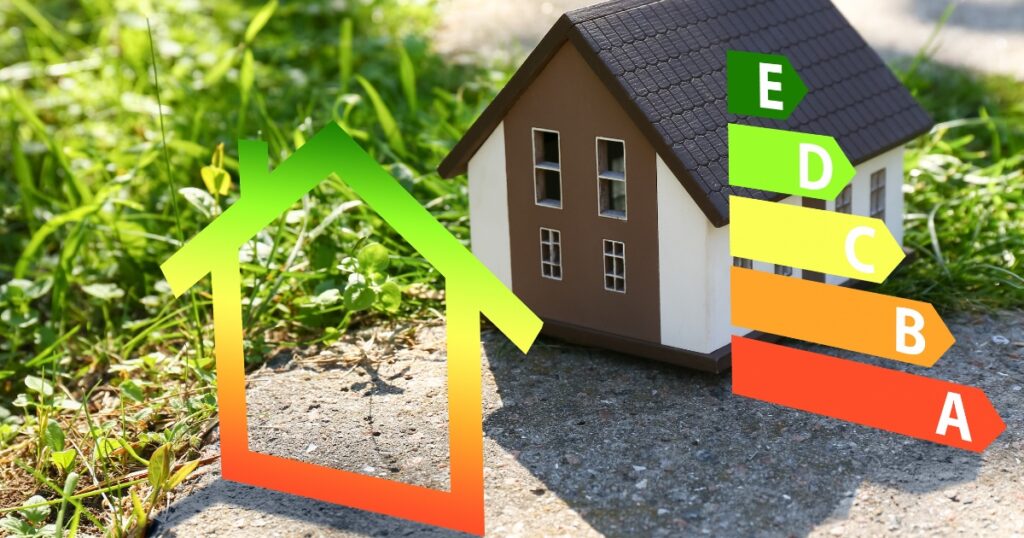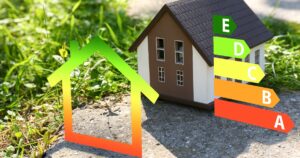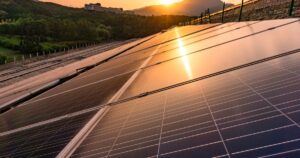Home efficiency is about more than just cutting down on energy bills; it’s about creating a comfortable, sustainable, and eco-friendly living environment. Whether you’re looking to upgrade your home or reduce your carbon footprint, here are seven proven ways to improve home efficiency.
1. Seal and Insulate Your Home
One of the most effective ways to improve home efficiency is by sealing gaps and insulating your home. Cracks around doors, windows, and attics allow air to escape, making your heating and cooling systems work harder. Proper insulation keeps your home at a stable temperature, reducing energy consumption. Consider adding weather stripping, caulking, and insulation in key areas like attics, walls, and crawl spaces.
2. Upgrade to Energy-Efficient Windows
Older windows can be a major source of energy loss. Replacing them with energy-efficient, double-glazed windows reduces heat transfer, helping maintain your home’s temperature throughout the year. Look for windows with the Energy Star label, which ensures they’re certified to meet energy efficiency standards. You can also add window treatments like shades and thermal curtains to further reduce energy loss.
3. Invest in a Smart Thermostat
Smart thermostats are a game-changer for home efficiency improvement. They learn your schedule and preferences, adjusting temperatures automatically when you’re home, asleep, or away. By optimizing heating and cooling, smart thermostats can reduce your energy usage by up to 20%. Many models can also be controlled remotely through your smartphone, making it easier to manage your home’s climate on the go.
4. Switch to LED Lighting
Lighting is often an overlooked aspect of home efficiency, but switching to LED bulbs can significantly reduce energy consumption. LED bulbs use up to 75% less energy and last up to 25 times longer than traditional incandescent bulbs. They also produce less heat, reducing the load on your cooling systems during warmer months. Swapping out old bulbs for LEDs is a quick, affordable way to improve efficiency.
5. Install Energy-Efficient Appliances
Energy-efficient appliances are designed to consume less power without sacrificing performance. From refrigerators and dishwashers to washing machines and dryers, upgrading your appliances can lead to substantial energy savings. Look for the Energy Star rating when purchasing new appliances, and consider upgrading your water heater to a tankless or energy-efficient model for even more savings.
6. Use Low-Flow Water Fixtures
Water conservation is an essential part of home efficiency. Low-flow faucets, showerheads, and toilets can reduce water usage by up to 50% without compromising performance. These fixtures are affordable and easy to install, and they help conserve water and reduce your energy bills by lowering the demand on your water heater.
7. Consider Renewable Energy Sources
If you’re serious about improving your home’s efficiency, consider installing renewable energy systems like solar panels or wind turbines. Solar panels, for instance, can reduce your reliance on the grid and significantly cut your energy costs. Many governments offer tax incentives or rebates for installing renewable energy systems, making this a worthwhile investment for long-term savings.
Conclusion
Improving home efficiency isn’t just about saving money on energy bills; it’s about creating a more comfortable and sustainable living environment. By sealing and insulating your home, upgrading windows and appliances, and incorporating renewable energy sources, you can reduce energy consumption, lower costs, and shrink your carbon footprint. Start small with changes like switching to LED bulbs or upgrading to a smart thermostat, and you’ll be well on your way to a more efficient home.








